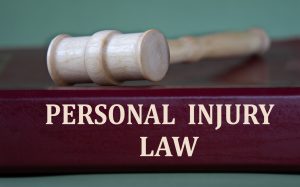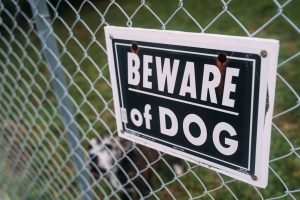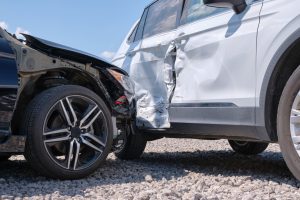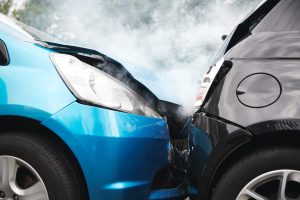When a commercial driver is involved in a collision, every second that follows demands precision and adherence to specific protocols. The aftermath of an accident isn't merely about managing the immediate chaos; it's about safeguarding your career path and legal responsibilities.
In this guide, we will cast light on the exact steps commercial drivers must take post-accident. From securing the scene to seeking further education, understanding these procedures can profoundly influence the outcomes for any driver navigating such unexpected hurdles.
Securing the Scene
The immediate response to an accident is critical. As a commercial driver, your first action should be to secure the scene. This means activating hazard lights and setting up reflective triangles or flares, ensuring the safety of all involved.
If necessary, move vehicles out of traffic lanes to prevent further incidents. It's not just about the here and now; these steps are also vital for what comes next—legally and professionally. Establishing a secure area stabilizes the situation and allows you to proceed with post-accident necessities with clarity and focus.
Documenting Details
Once immediate safety concerns are addressed, documentation becomes paramount. Capture every detail: snap photos of the scene, vehicles involved, and any relevant road conditions or signage. Jot down notes about the event while it's fresh—this includes weather conditions, time of day, and any contributing factors you've noticed.
Exchange information with the other parties involved, but tread carefully; steer clear of admitting fault or making statements that could be used against you later. This precise catalogue of information is a foundational piece in your post-accident protocol, essential for insurance claims and potential legal proceedings. It establishes a factual base upon which all subsequent actions will be built.
Notifying Relevant Parties
After ensuring safety and collecting evidence, without delay, contact the police to report the accident. If there are any injuries, emergency medical services must be called immediately.
Following these immediate notifications, reach out to your employer or dispatcher and inform them of the incident. Clear communication is key; provide them with a concise overview and any pertinent details they'll require for their protocols.
This step is not only a matter of protocol but also one of professional responsibility. Timely alerts to the right people can mitigate complications and streamline the subsequent administrative process that follows an accident on the road.
Navigating Insurance Claims
With the relevant parties informed, initiating the insurance claim process is the next crucial move. Contact your insurance provider at your earliest convenience to report the accident. Arm yourself with the details and documentation you've collected—these are your tools for a comprehensive claim.
An open line of communication with your insurer paves the way for a smoother claims experience. Be thorough yet concise in recollecting events, as specifics will impact how your claim is evaluated. Your approach here can influence not just coverage outcomes but future premiums as well, making clear and honest reporting an indispensable step in the post-accident protocol.
Managing Regulatory Compliance
Following an accident, regulatory compliance must not slip through the cracks. Commercial drivers are beholden to stringent industry standards, which often require reporting accidents to the Department of Transportation (DOT), depending on severity and circumstances.
Prepare to complete all necessary DOT forms and incident reports in a timely fashion. This paperwork is not merely bureaucratic; it serves as a legal record that can protect you from liabilities. Compliance also means undergoing any mandatory drug and alcohol testing if the accident meets certain criteria.
Seeking Further Education
In the wake of an accident, reflecting on the incident and seeking ways to enhance your driving acumen is an astute move. Consider enrolling in Class A CDL training courses or safety workshops offered by reputable organizations.
Enhanced training can sharpen skills, deepen understanding of regulations, and introduce new safety practices that help prevent future incidents. By turning to authoritative sources for continued education, you not only invest in your personal growth but also signal commitment to excellence in your profession.
Final Words
Navigating post-accident protocols with precision sets the foundation for a resilient career in commercial driving. Each step—from securing the scene to pursuing further education—carries weight and contributes to how you rebound from an incident.
Practice diligence, communicate effectively, and let these guidelines inform your actions. With the road ahead ever unpredictable, being well-versed in these procedures ensures you're prepared for any bumps along the way. Your professionalism in crisis management not only safeguards your livelihood but also reinforces the safety culture within the transportation industry.





















